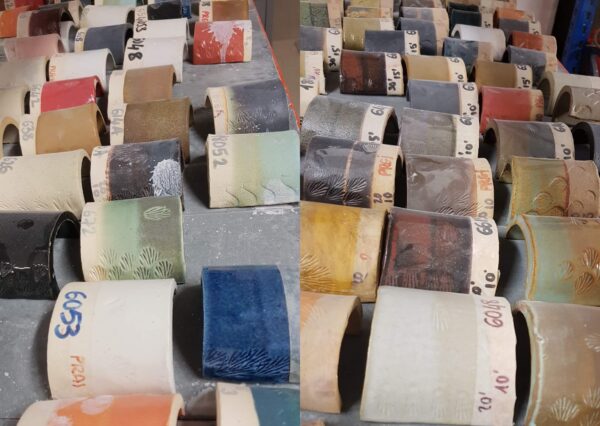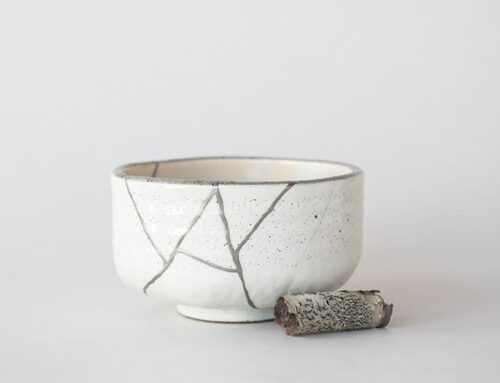 The way different cultures see and describe the meaning of colour varies dramatically around the world.
The way different cultures see and describe the meaning of colour varies dramatically around the world.
Also the way we use the colours in our language: I’m sure you had, at least once in your life, a golden opportunity that came out of the blue; or you thought that the grass is greener on the other side of the fence… or you told a white lie… (ok… that was once in a blue moon…).
Talking about it, Blue is considered the safest colour choice around the world, since it has many positive associations. In North America and Europe, blue represents trust, security and authority. It’s also associated with open spaces, freedom, intuition, expansiveness, inspiration and sensitivity (but also loneliness and sadness, hence having “the blues”).
In Eastern cultures green symbolizes fertility and new life, but it can also mean infidelity: in China, green hats are taboo for men because it signals that their wives have committed adultery! (What would Chinese folks think of Irish guys when celebrating St. Patrick’s Day?).
Red symbolizes passion, action and danger in Western cultures. In Asian cultures it symbolizes good luck: because it’s such an auspicious colour, brides often wear red on their wedding day. In Greece, the expression “piase kokkino” (“touch red”) is said when two people say the same thing at the same time. It is believed that such an occurrence is an omen that the two will have an argument in the future, which can only be broken when the two touch the closest thing that is red.
Yellow is the most controversial colour: in Western cultures, it’s associated with happiness, optimism and hope. However in Germany, it represents envy and jealousy. In France it signifies betrayal and weakness: in the 10th century, the French painted yellow the doors of traitors and criminals. In China, yellow is associated with pornography, using the term “yellow picture” or “yellow book” to represent any type of publication or media with reference to pornographic images and websites. In American terms, yellow journalism are associated to newspapers that present little or no legitimate well-researched news while instead using eye-catching headlines for increased sales.
Pink it’s widely accepted in Western cultures as the colour for femininity, joy, tenderness and the birth of a baby girl. But in Japan, pink relates more to men than women, although it’s worn by both genders. For many years, it was an unrecognized colour in China, until it emerged into the culture due to increasing Western influences—the Chinese word for it translates as “foreign colour.”
I believe that besides all those symbolisms, colours have also an individual meaning to all of us. We have preferences… we like some colours over others…
What about having a colour which represents you? Translating that to the ceramic world, what about developing your own glaze? For that, Martin has designed a course to teach you how to make your own high temperature glaze. Just keep in mind above guide when deciding on your colours, in case you plan to sell your pieces globally. And you’d better skip the yellow…




